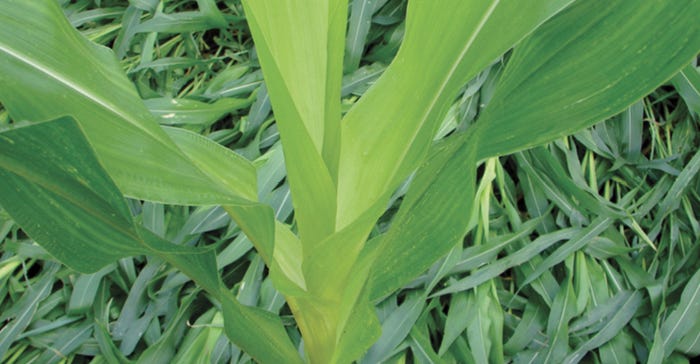September 1, 2018

Sponsored Content
Today's crops require more sulfur than ever before. With improved air quality standards, sulfur (S) emissions have been greatly reduced and decreased the amount of S that is deposited within rainfall.
Sulfur is one of the 17 essential elements for plant growth. The two forms of S crops need to thrive are sulfate and elemental S. Sulfate S is available immediately to the crop while elemental oxidizes for late-season S uptake by the plants.
Sulfur is supplied to plants from the soil by organic matter and minerals, but it is often present in insufficient quantities and at inopportune times for the needs of many high-yielding crops. Most S in the soil is tied up in the organic matter and cannot be used by plants until it is converted to the sulfate form by soil bacteria.

When scouting crops, visual symptoms of S and nitrogen (N) deficiency are easily confused. For both N and S, mild deficiencies appear as stunted plants, with a general yellowing of leaves. Nutrients can be either mobile or immobile in the plant and understanding the level of phloem mobility can help to determine which part of the plant may express a nutrient deficiency. For example, as S deficiencies worsen in corn, symptoms appear first in the younger leaves, demonstrating plant immobility. In contrast, N is mobile in the plant and expresses yellowing on the older leaves first, typically in a V-shaped pattern. In extreme cases of S deficiency, younger leaves may even turn white. It is important to note that in minor deficiency situations, visual symptoms may not be noticeable at all, but can still be responsible for decreased yield. This is known as hidden hunger.
When you decide on a fertilizer application this fall, it is critical that your choice contains the nutrients necessary for optimum plant growth, including season-long S.
To learn more about the importance of sulfur, please visit CropNutrition.com.
About the Author(s)
You May Also Like




